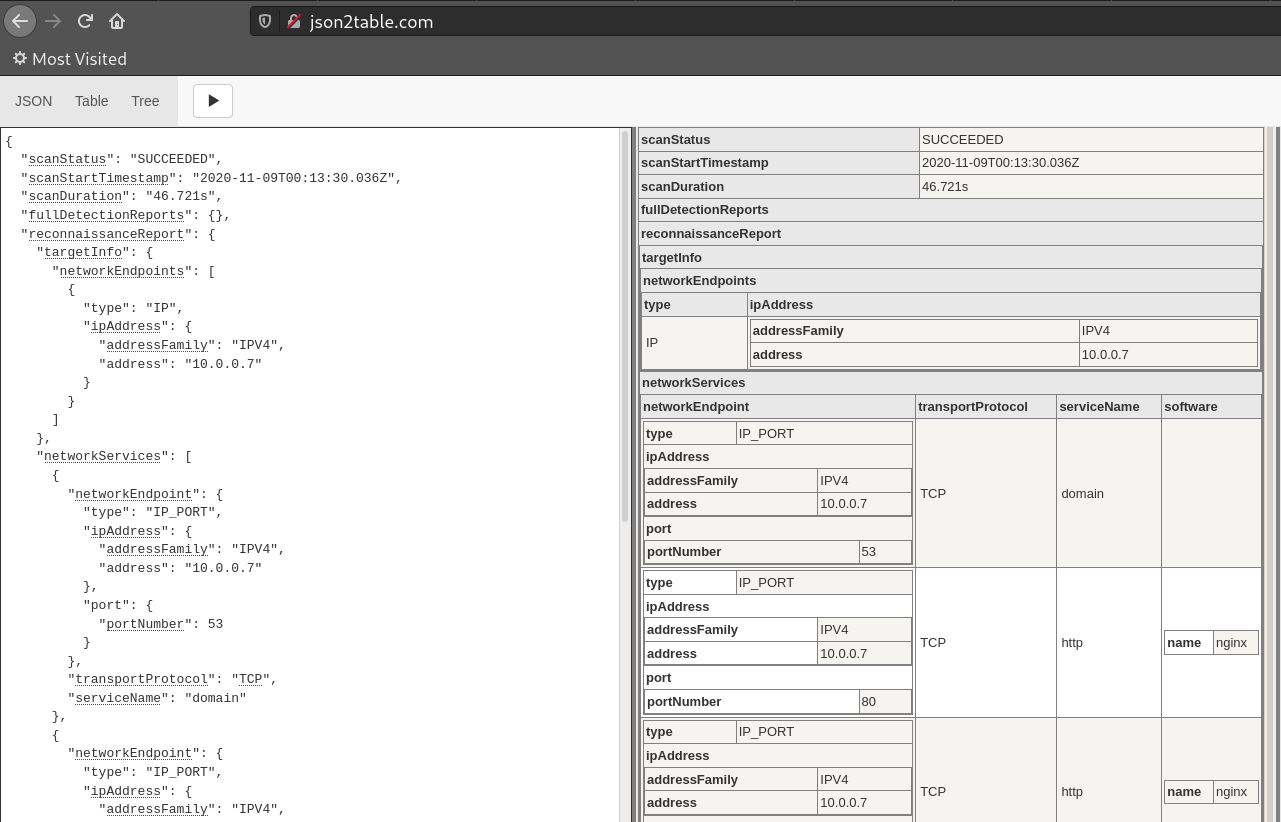What you need in a Firewall
AGIX Discussion
All HowTo's
Cyber-Security
pfSense & Netgate
If you’re not filtering your internet traffic, you have a router, not a firewall. The good news is that most firewalls have features that can go a long way to protecting your IT and business resources. Let’s start with the different kinds of firewalls and their use-cases. A “packet filter”
June 16, 2021
|
Andrew Galdes
Read More
Securely Wipe Disk and Try to Recover the Contents
All HowTo's
Cyber-Security
This article demonstrates how to securely delete files and all content from a disk, and then attempt to recover files form that disk. Warning: There is a risk you’ll make a mistake and wipe the wrong disk. So be careful. Identify the disk you want to work with: lsblk For
June 07, 2021
|
Andrew Galdes
Read More
GeoBlocking with Apache on CentOS and Ubuntu
All HowTo's
Cyber-Security
Linux
Redhat, Fedora and CentOS Linux
Ubuntu, Mint & Debian Linux
Web Servers
This article describes how to protect your Apache web server by restricting which countries can access it. We’re using Apache on CentOS 7 but Ubuntu instructions are included and are very similar. I’ve given two examples; one on whitelisting everything except what we want to block, and blacklisting everything except
May 04, 2021
|
Andrew Galdes
Read More
2FA with SSH on Ubuntu | Google Authenticator
All HowTo's
Cyber-Security
Linux
Ubuntu, Mint & Debian Linux
This article walks you through the process of enforcing 2FA on Ubuntu using the Google Authenticator. All of these steps are completed on the system that you want 2FA to be enforced on. Important notes: * SSH key-based logins bypass the 2FA component of the login verification process. * Users
April 01, 2021
|
Andrew Galdes
Read More
FreeRADIUS – Certificate Has Expired – Solution
All HowTo's
Cyber-Security
Linux
Redhat, Fedora and CentOS Linux
Ubuntu, Mint & Debian Linux
This article explains how to solve the issue of FreeRADIUS certificates expiring. In this example, we’re using CentOS 7 but the same should work on any Linux provided the paths are the same. The following commend errors due to a certificate expiring. systemctl restart freeradius SO we need to re-generate
February 09, 2021
|
Andrew Galdes
Read More
Configure HAProxy on pfSense with LetsEncrypt (SSL/HTTPS Termination)
All HowTo's
Cyber-Security
pfSense & Netgate
This article demonstrates how to configure HAProxy to use LetsEncrypt to automatically manage certificates ensuring that those on the Internet accessing servers behind your HAProxy are protected with SSL security. Here’s some important points before we get started: We’re using a Netgate pfSense firewall appliance in this example but pfSense
January 08, 2021
|
Andrew Galdes
Read More
How to create a CSR file on Linux and use the Certificate file with Apache, Nginx and IIS
All HowTo's
Cyber-Security
Linux
Ubuntu, Mint & Debian Linux
Web Servers
This article is focused on generating a CSR file, submitting it to a CA and using the resulting Certificate on Linux with Apache, Nginx and/or IIS on Windows. The Windows related steps continue on from the work required to get the Certificate ready for Linux. In other words, regardless of
January 07, 2021
|
Andrew Galdes
Read More
OpenVAS in 2021 – Download and run within minutes
All HowTo's
Cyber-Security
Don’t bother trying to install OpenVAS. Instead, download the trial ISO image and use that. HowTo’s you’ve probably already read all discuss installing OpenVAS by compiling it yourself. It seems installing via package managers is a thing of the past. I hope this changes – or that i and so
December 09, 2020
|
Andrew Galdes
Read More
Using Fail2Ban to Protect WordPress Logins (CentOS)
All HowTo's
Cyber-Security
Redhat, Fedora and CentOS Linux
Web Servers
This article demonstrates how to use Fail2Ban to block IP addresses attempting to compromise a WordPress instance via the login process. In this walk-through, we’re using CentOS 7 and FirewallD. Just be aware that if you’re using a caching service like CloudFlare, you can’t use this method because you’ll block
November 13, 2020
|
Andrew Galdes
Read More
Installing the Tsunami Vulnerability Scanner on Fedora / CentOS 8
All HowTo's
Cyber-Security
Linux
Redhat, Fedora and CentOS Linux
This article demonstrates how to install the new Tsunami vulnerability scanner on a Redhat-like machine such as Fedora or CentOS 8 and how to use it including an example script to scan multiple targets or subnets. Install Java: yum install java-*-openjdk-devel Download the Tsunami ZIP from here: https://github.com/google/tsunami-security-scanner/archive/master.zip Extract the
November 09, 2020
|
Andrew Galdes
Read More












